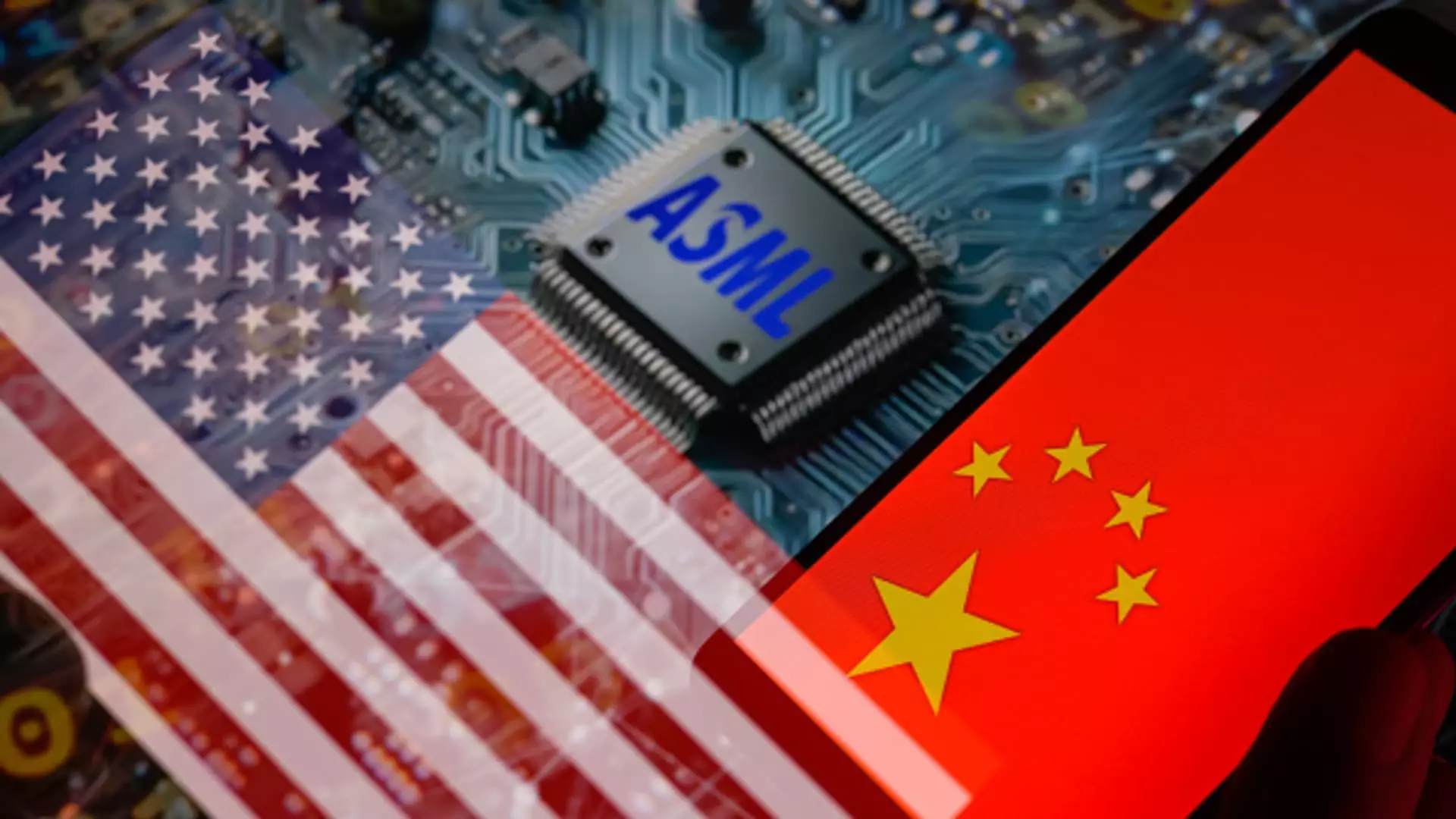On Thursday, noteworthy gains were observed among prominent global semiconductor equipment companies, signaling investor optimism in light of a recent report regarding U.S. sanctions on China’s burgeoning chip industry. Leading firms, including ASML and Tokyo Electron, recorded significant increases of 3.6% and over 6% respectively, as markets reacted to the U.S. government’s deliberation over new policies aimed at regulating semiconductor equipment sales to China. This surge in share prices reflects traders’ cautious optimism that the proposed sanctions may not be as harsh as previous iterations, paving the way for a more digestible landscape for semiconductor firms.
Understanding the Proposed Sanctions
Recent discussions unveiled by Bloomberg indicated that while the U.S. is contemplating stricter measures to curb exports of semiconductor technologies to China, the enforcement could be moderated compared to earlier proposals that stirred concerns about severe restrictions. A focal point is the Entity List, an export blacklist that aims to limit sensitive technology transfers. Interestingly, the potential exclusion of ChangXin Memory Technologies from this list signifies a strategic pivot. Analysts express that this could mitigate anticipated revenue declines for companies like ASML in the Chinese market, which is particularly critical for firms reliant on these transactions.
ASML stands at a pivotal intersection in the geopolitics of technology, manufacturing sophisticated machinery essential for producing the most advanced chips. Its equipment is indispensable not just for Chinese manufacturers, but also for industry giants such as Taiwan’s TSMC. With the Dutch-based company facing various export controls, the viability of its operations hinges largely on the intricate dance of international regulations and market demands. Such restrictions raise questions about the future of ASML’s revenue, particularly as predictions of a 30% revenue decline from China loomed ominously just weeks prior.
Market Implications for Semiconductor Manufacturers
Every shift in sanctions directly influences not only ASML’s bottom line but also the broader semiconductor landscape. The U.S. government’s considerations reflect a balancing act: restricting technology transfer to address national security concerns while avoiding a complete shutdown of valuable industry relationships. Firms globally, particularly those involved in the production of advanced semiconductors, remain vigilant, as any regulations targeting the broader manufacturing ecosystem can lead to significant repercussions.
The tension between the U.S. and China in the semiconductor domain embodies a multifaceted interaction of market forces, national security, and technological advancement. For companies like ASML and their global competitors, navigating these waters will require not only strategic foresight but also adaptability in operations and international relations. While recent developments present a respite from stringent sanctions, the dynamic nature of geopolitics means that semiconductor firms must remain agile, prepared to pivot in response to shifting regulations and market demands.

